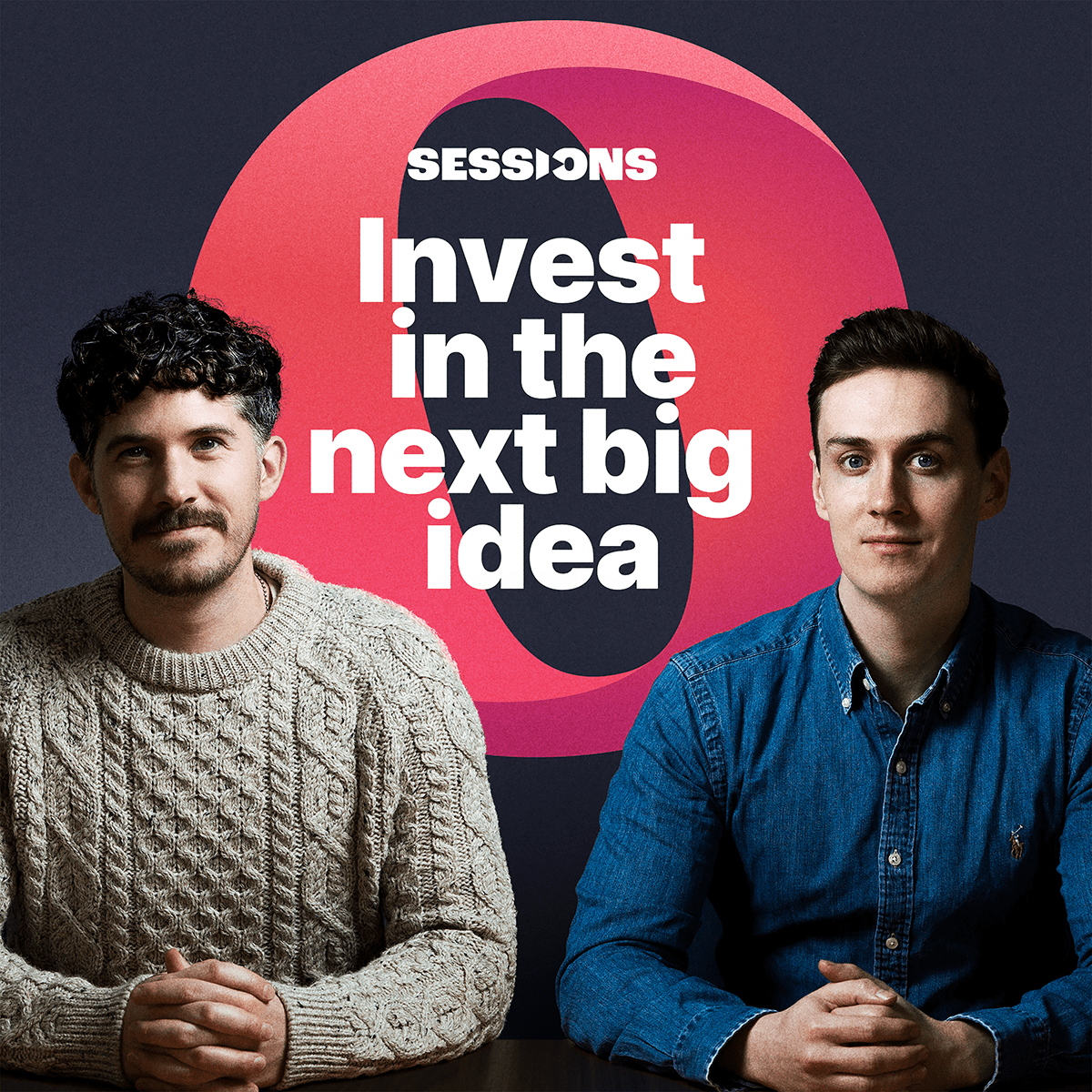As the Federal Reserve grapples with macroeconomic crosscurrents, its decision-making process remains intricate. Here, Jens Nordvig shares his view on the future path of interest rates and monetary policy, which depend on a combination of factors, among them inflation, economic data and the unpredictable influence of AI.
LISTEN TO THE INTERVIEW:
Jens Nordvig is Co-Founder and CEO of MarketReader, a platform that uses artificial intelligence (AI) to correlate movements in markets to events that impact financial instruments.
MarketReader looks at as much data as possible when gauging the economic climate, says Nordvig — in particular, confidence readings related to the labour market. For example, using MarketReader around the time of the Federal Open Market Committee (FOMC) meetings can provide real-time analysis, and reveal how officials’ comments are impacting particular instruments.
“It could be the Challenger survey about people getting laid off, initial claims. We can aggregate them up and put them into a space that's comparable to the nonfarm payroll (NFP) release. That gives us a more robust metric, which draws on much more data and tells us what’s really going on in the US labour market.”
Nordvig points out that the January NFP report, which revealed 517,000 US jobs were added, was skewed by seasonal factors. The type of indicators his analysis considers were more stable.
Chilled Hawks
“The Federal Reserve (Fed) is facing some pretty serious crosscurrents,” says Nordvig. While inflation, the Fed’s most important variable, has calmed over recent months, it was already well above the central bank’s target, and hasn’t yet fallen back to target levels.
Meanwhile, there has been positive economic data. Compared to the rest of the world, US growth expectations are resilient, and — based on certain measures — improving. “So that also means there’s nothing for the Fed to panic about. It’s not like growth is collapsing and they have to respond.”
However, the Fed’s own projections regarding interest rates have shifted slightly over the past month. Having previously telegraphed a 100 basis-point cut in 2024, the bank scaled this back following its most recent meeting, saying that rates will remain elevated going into the year. General expectations now are that any cuts next year will be relatively small, and later in the year than previously hoped.
“The market has gotten worried about that. Some of the bond market volatility has come out of that concern.”
“There’s nothing for the Fed to panic about.”
The market reaction has prompted the Fed to change its rhetoric. The hawks, who had dominated the discourse over previous months, have toned down their sense of urgency over the necessity and timing of any future hikes.
“The pause that we had in September was very much consistent with the hawks chilling out a little bit,” says Nordvig. “I would argue that the pivot has been triggered by this dramatic move in the long end of the bond market that has made even the most hawkish members chill out.”
As a consequence of the impact of previous hikes on the yield curve short- and long-end rates, credit markets, indices and the dollar’s strength, Nordvig believes the Fed will be happy that financial conditions have tightened sufficiently — barring any sort of surprise to the contrary, like resurgent inflation.
Taming Inflation
However, global inflation has come down considerably since recent highs, and in Europe the disinflation is broad-based. There, goods prices have already turned, and services prices are starting to do so, too, says Nordvig.
“What’s a bit different in the US is that we’ve had a huge turn in goods prices,” including deflation in sectors such as automobiles during certain months, “but services prices remain pretty sticky”. There are indications that these will also fall, though. Despite labour market data showing resilience in overall job numbers, wage growth has slowed.
“A lot of the jobs that were created were quite low-wage jobs. There’s normally a link between wages and services prices, and we would expect that to kick in over the next three to six months.”
“Nobody has a clue what the terminal rate is,” says Nordvig, but calmer inflation will be one practical indicator that the Fed has found an appropriate level. Then the question becomes: how long should interest rates remain at that level?
“I don't think the Fed is going to be in a rush. But I think what could be interesting is if we get to the first quarter and the inflation outlook is a lot better. I can imagine, especially if global growth is weak, a situation where the market is going to say, ‘Okay, we're past peak. Now we're really going to think about how aggressive the cutting cycle could be.’”
“I don't think the Fed is going to be in a rush. But I think what could be interesting is if we get to the first quarter and the inflation outlook is a lot better.”
While it would be a surprise to see aggressive rate cuts before late 2024, Nordvig doesn’t see any reason why the Fed couldn’t bring rates down to approximately 3.5% if it is comfortable with the inflation outlook.
“It used to be the case that we thought of 3.5% as high,” he points out.
The Wild Card
Nordvig says AI is a “wild card”.
“There’s historically a link between growth, productivity and what real interest rates can be,” says Nordvig. “We were used to having literally zero interest rates. Up until recently, we had something like 1% real interest rates. But the 10-year real interest rates touched 2.5% at the yield peak we had in early October. That’s a big move.”
The productivity boost that AI could provide to the economy is one justification for this increase in real interest rates, says Nordvig. However, he cites a recent KPMG survey indicating that the companies currently investing in AI don’t expect it to pay out for three to five years.
“If the data is only going to show these productivity gains three or five years on, how is the Fed going to set policy on it now? I think they’re going to be very reluctant to do that.”
Disclaimer Past performance is not a reliable indicator of future results.
CMC Markets is an execution-only service provider. The material (whether or not it states any opinions) is for general information purposes only, and does not take into account your personal circumstances or objectives. Nothing in this material is (or should be considered to be) financial, investment or other advice on which reliance should be placed. No opinion given in the material constitutes a recommendation by CMC Markets or the author that any particular investment, security, transaction or investment strategy is suitable for any specific person.
The material has not been prepared in accordance with legal requirements designed to promote the independence of investment research. Although we are not specifically prevented from dealing before providing this material, we do not seek to take advantage of the material prior to its dissemination.
CMC Markets does not endorse or offer opinion on the trading strategies used by the author. Their trading strategies do not guarantee any return and CMC Markets shall not be held responsible for any loss that you may incur, either directly or indirectly, arising from any investment based on any information contained herein.
*Tax treatment depends on individual circumstances and can change or may differ in a jurisdiction other than the UK.
Continue reading for FREE
- Includes free newsletter updates, unsubscribe anytime. Privacy policy


